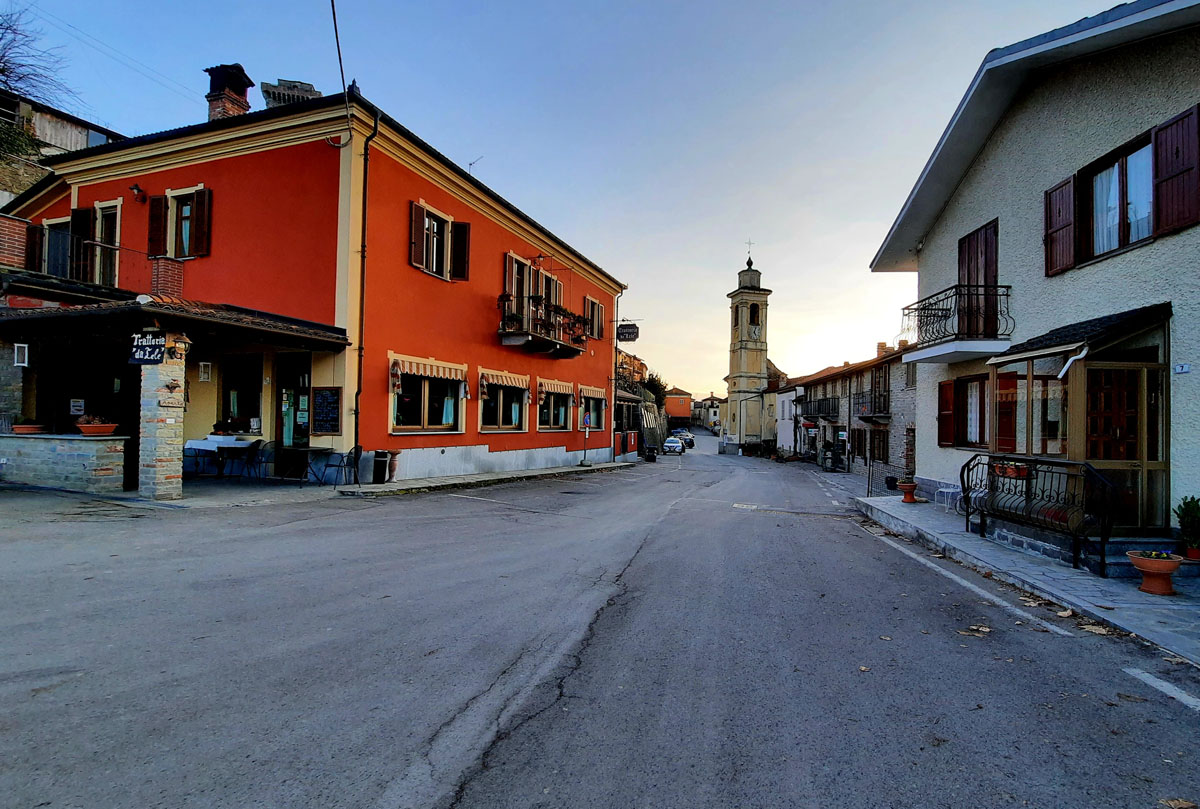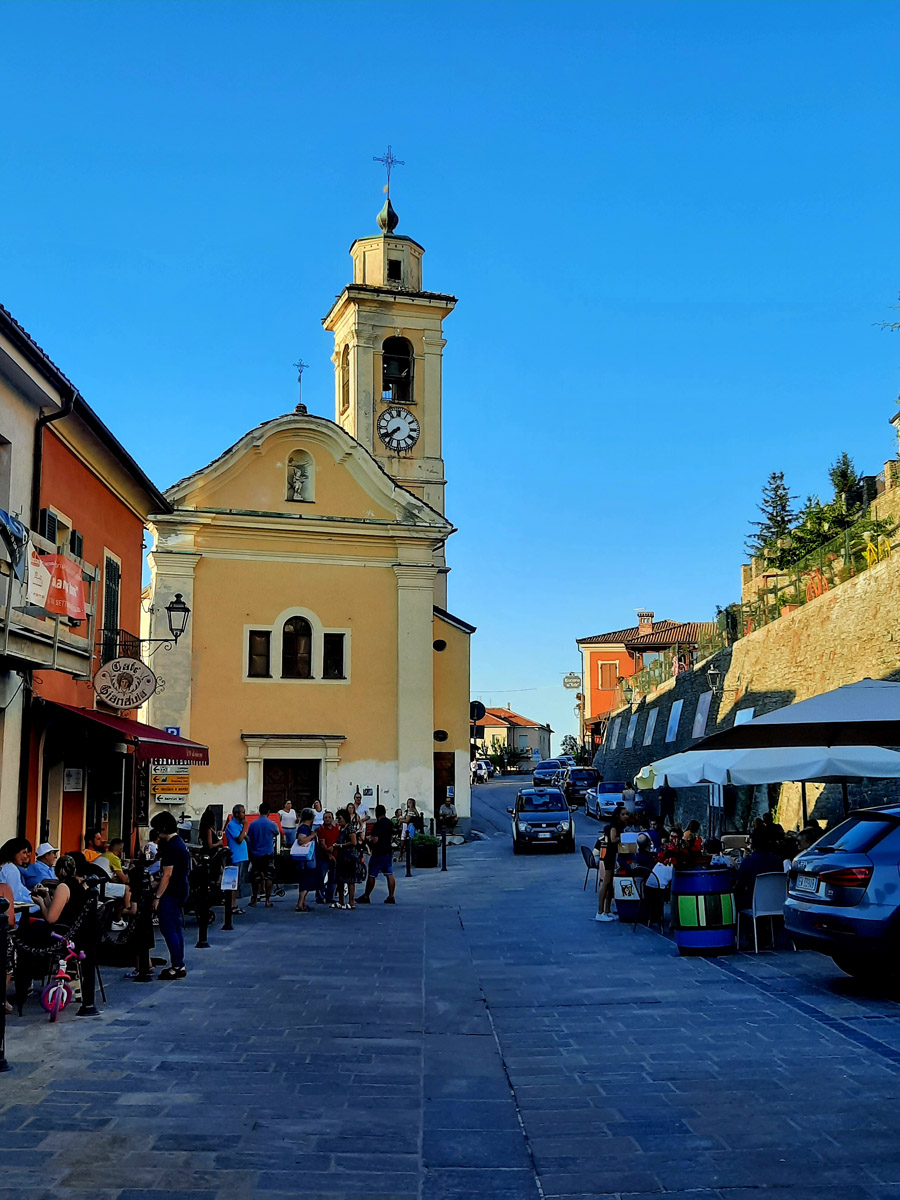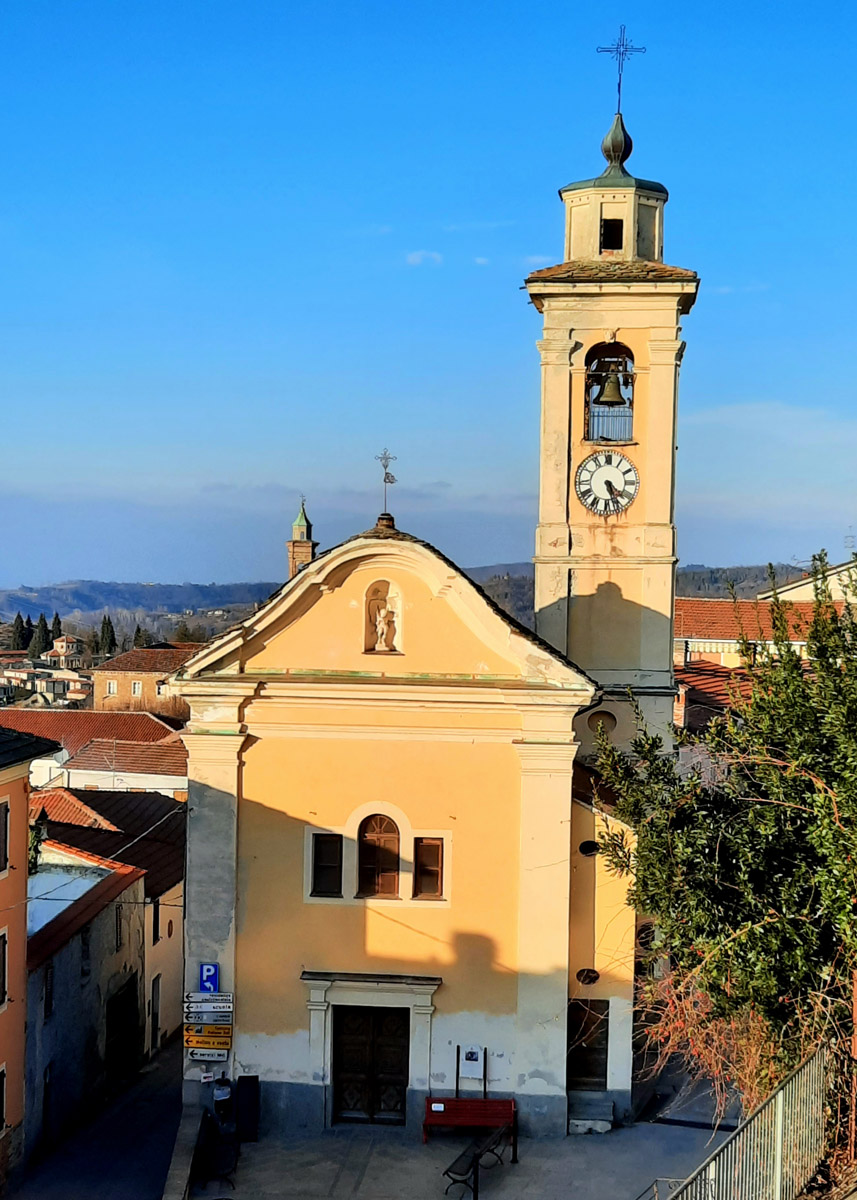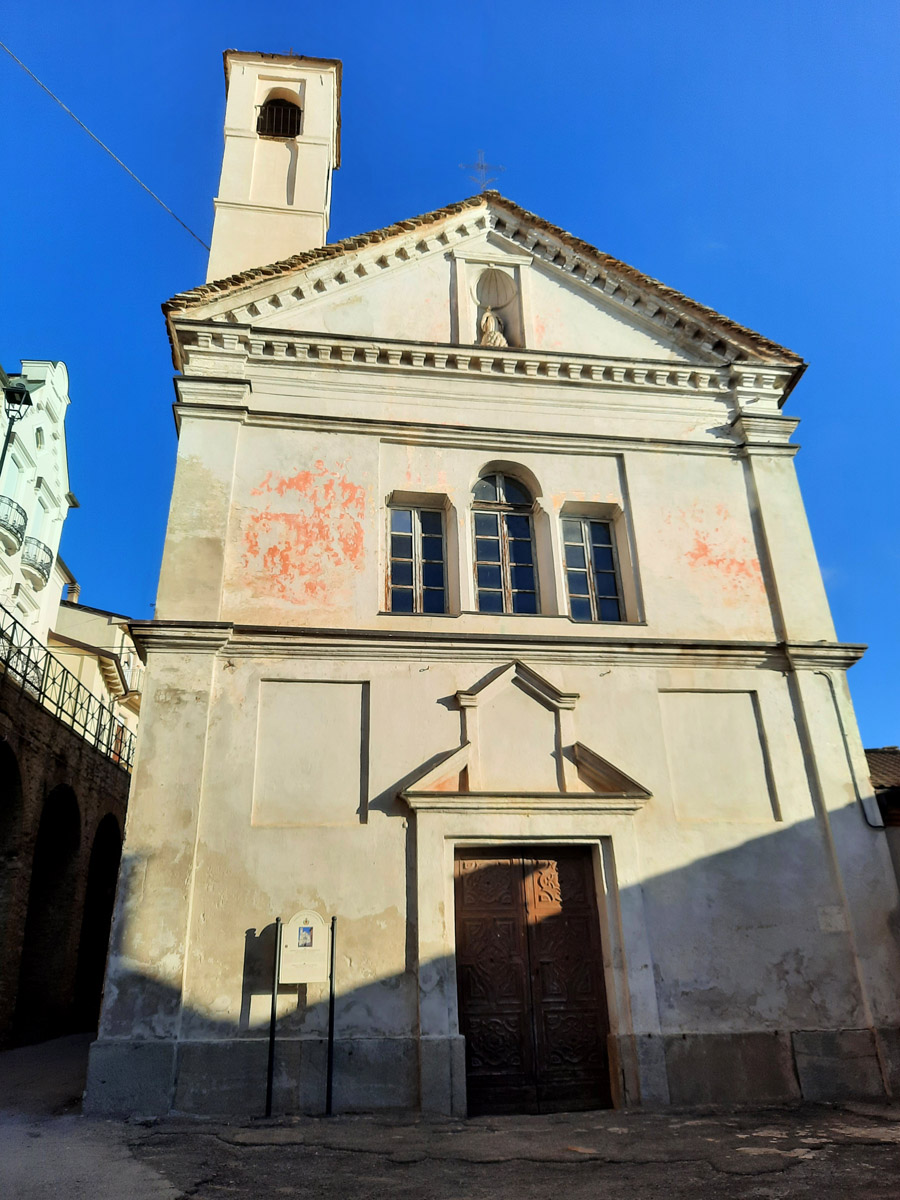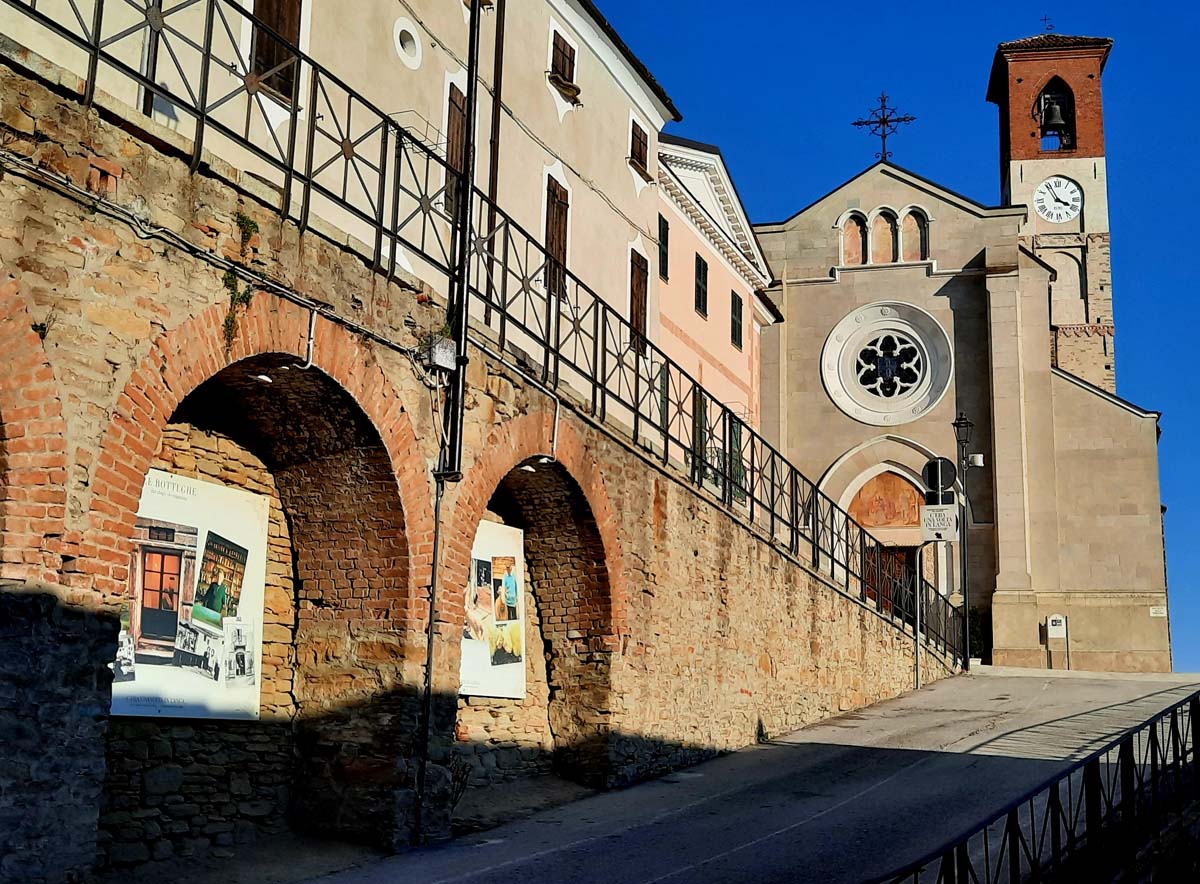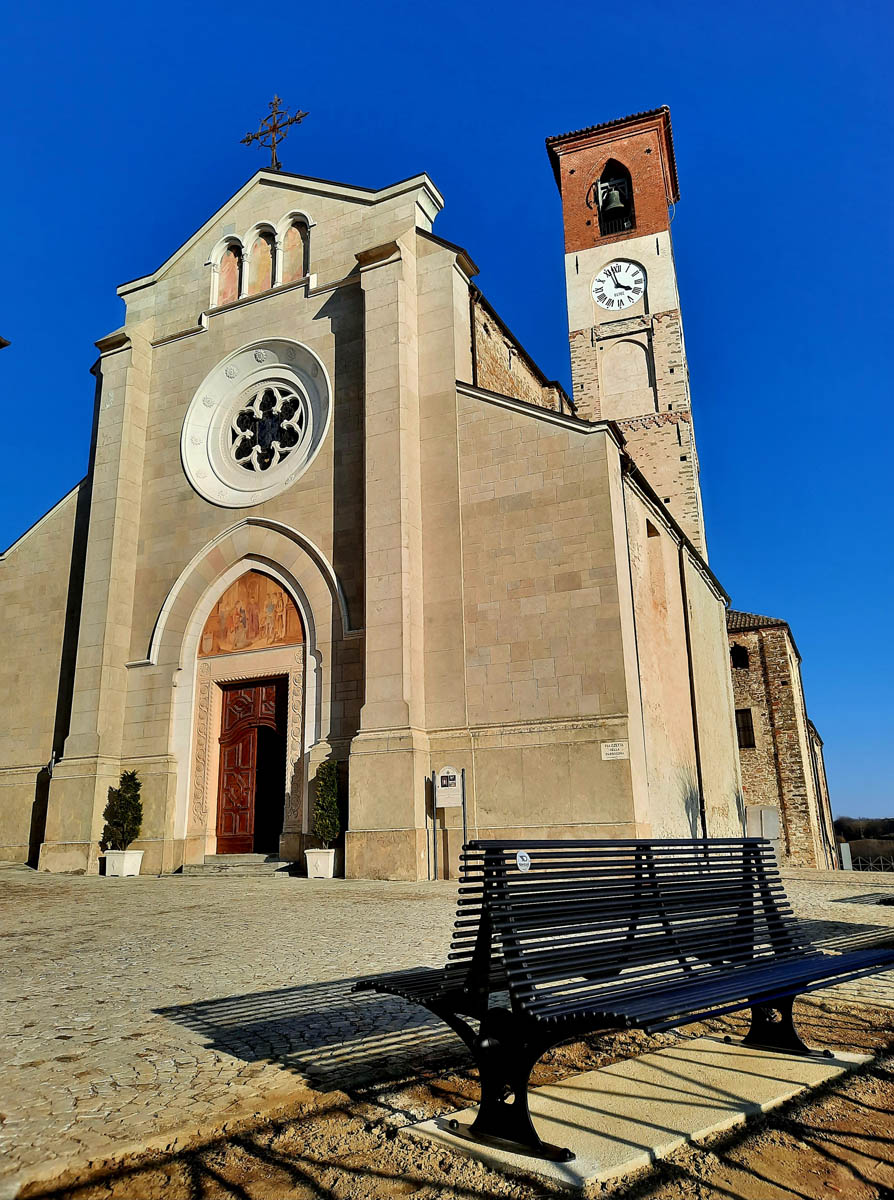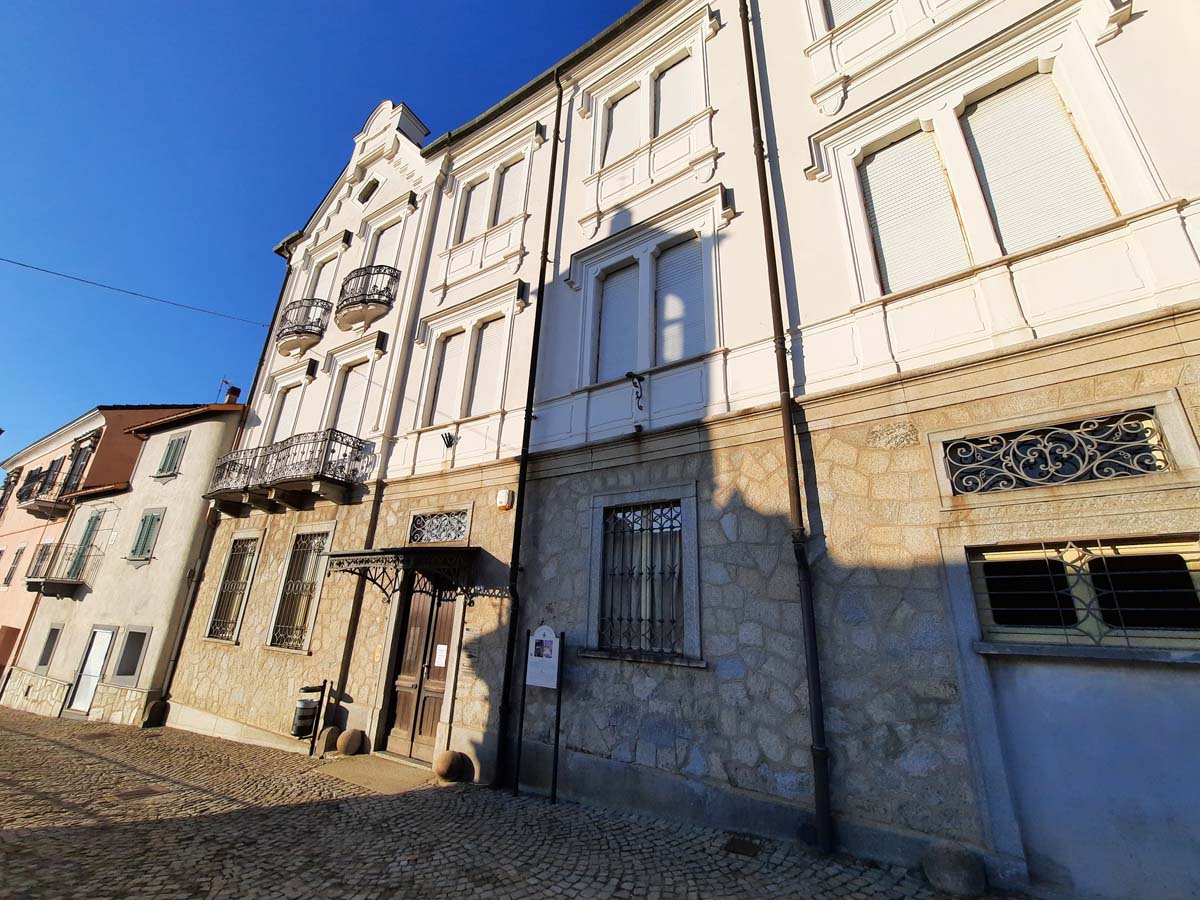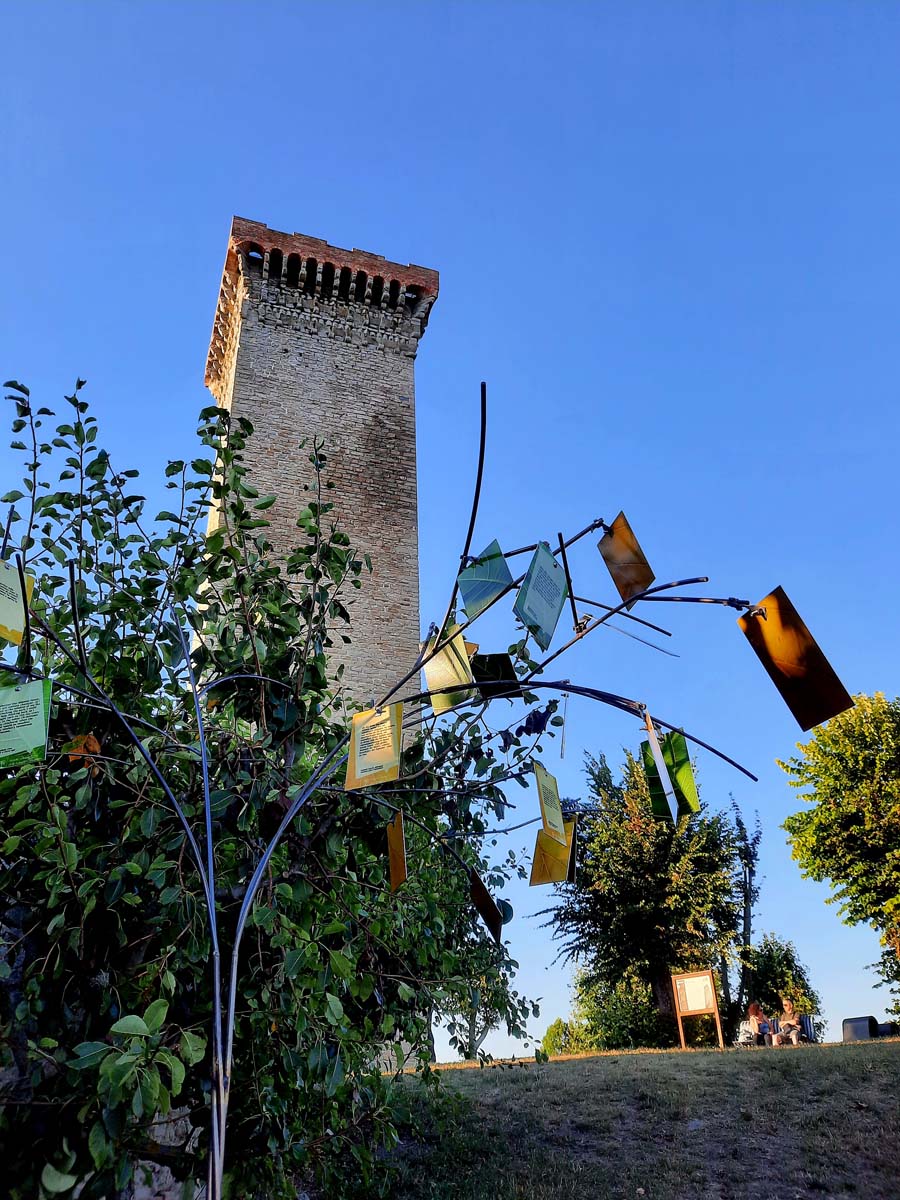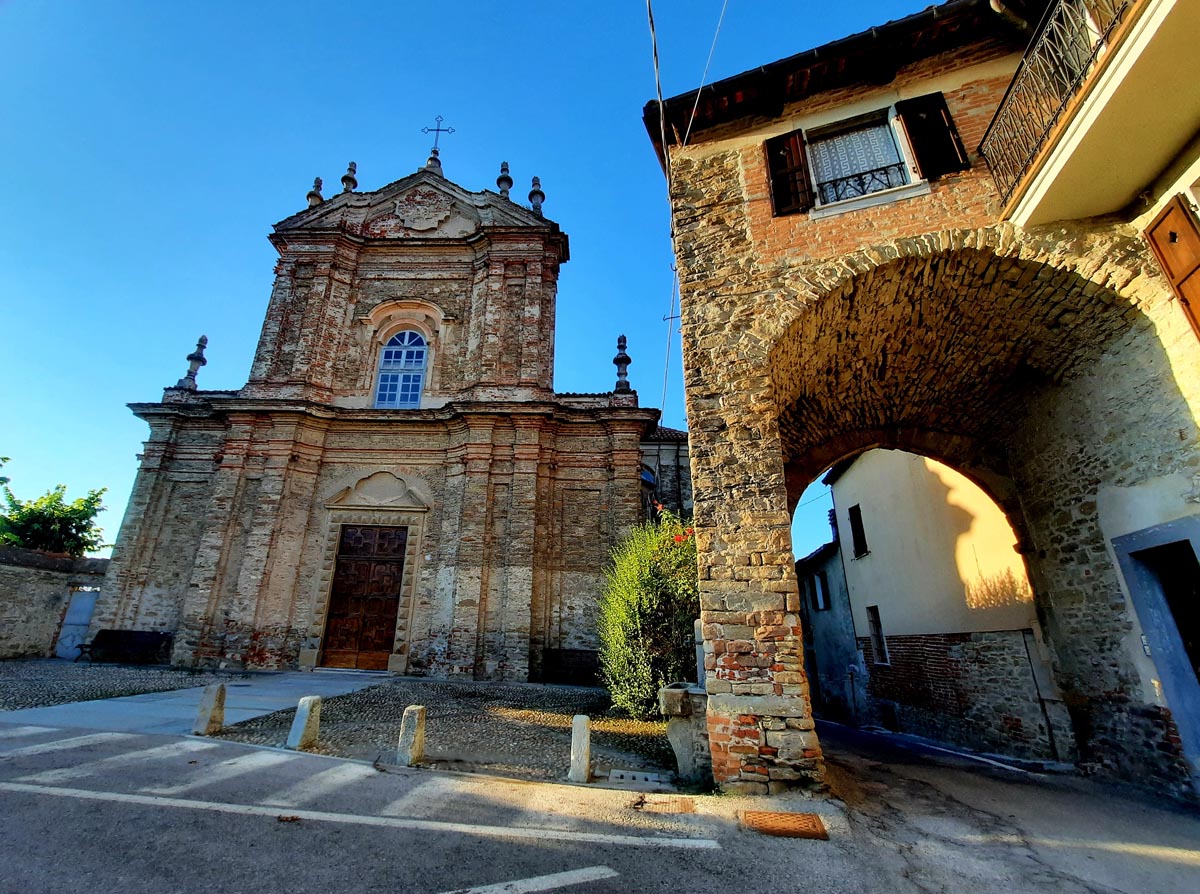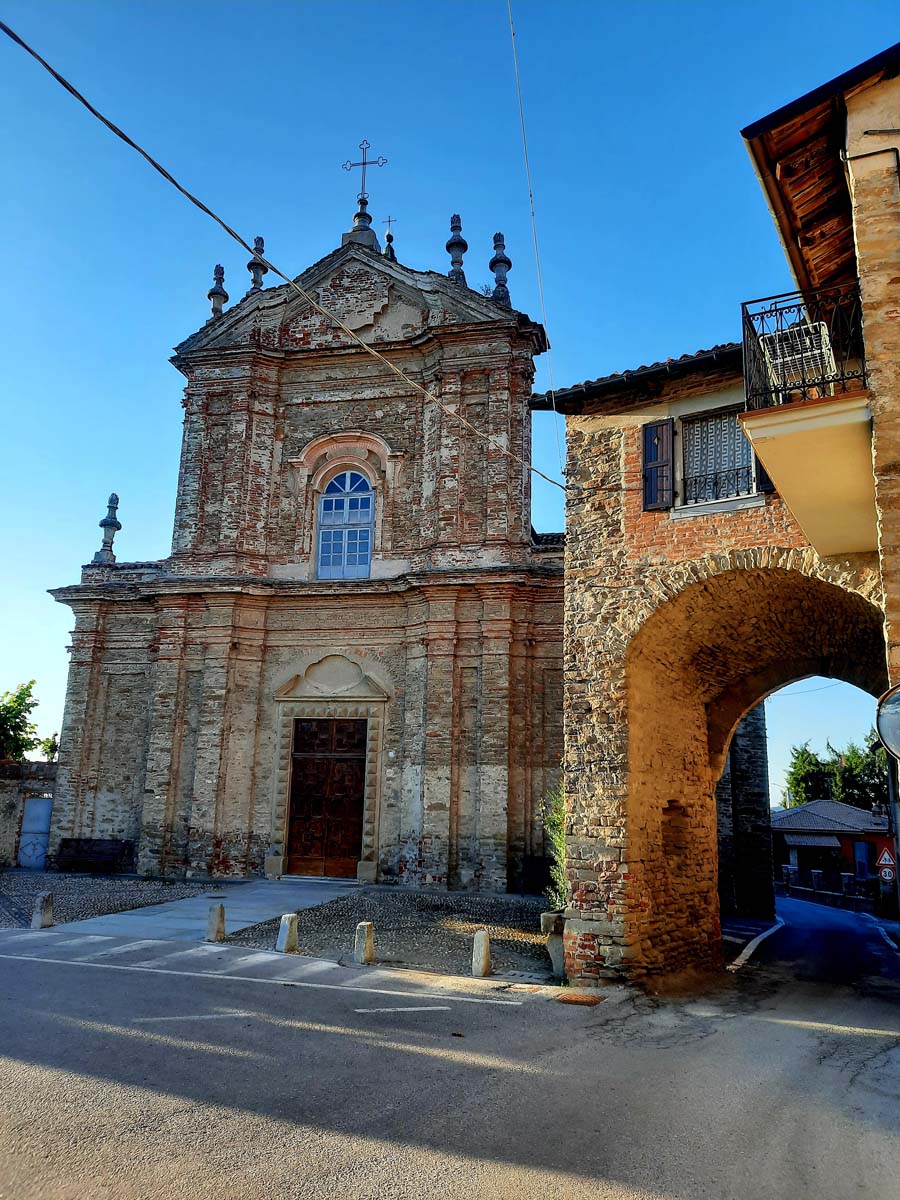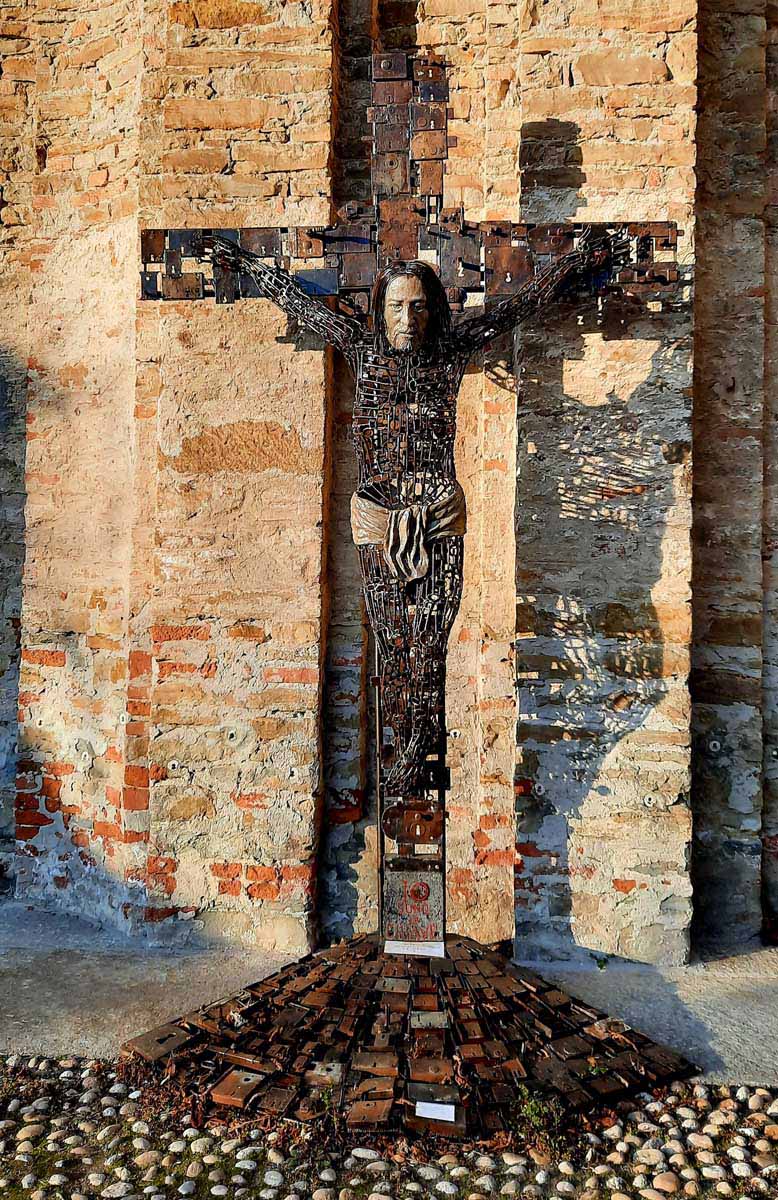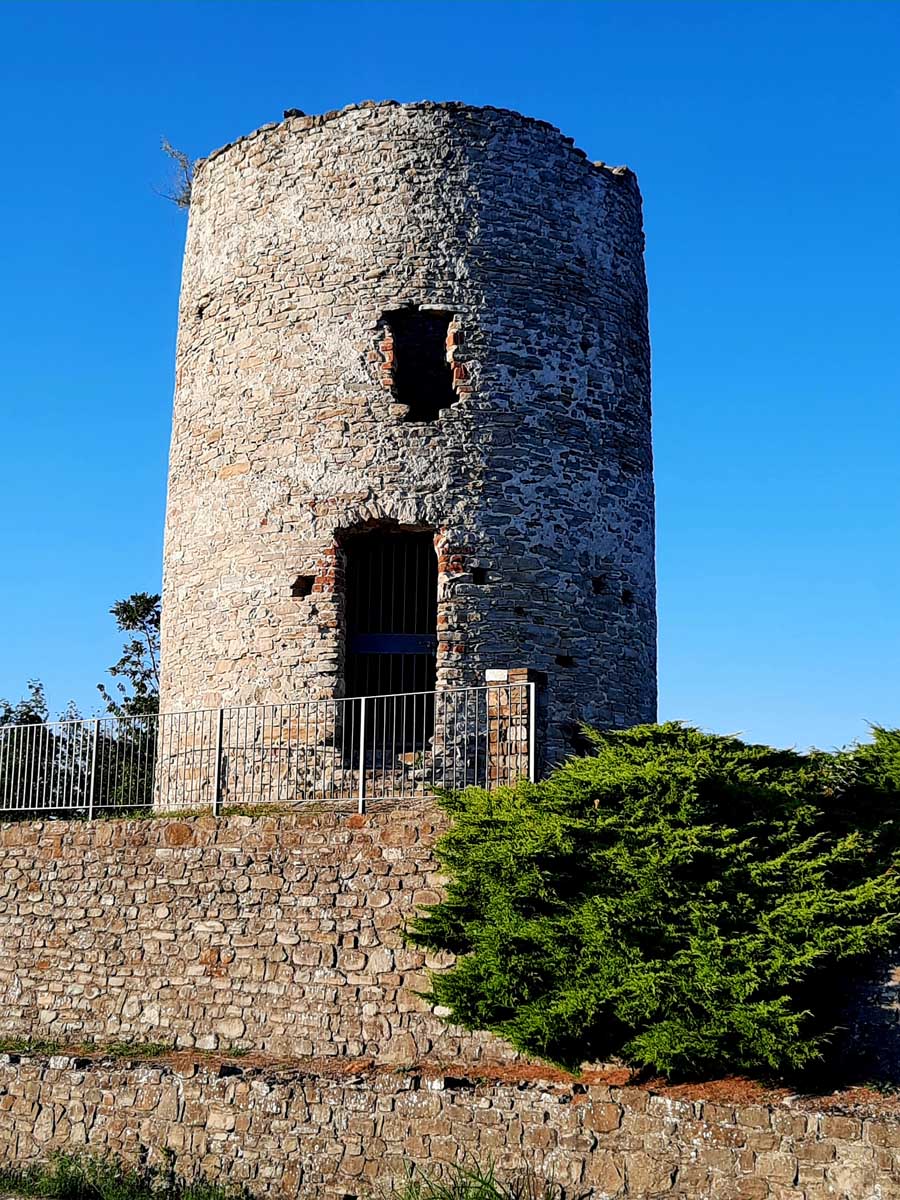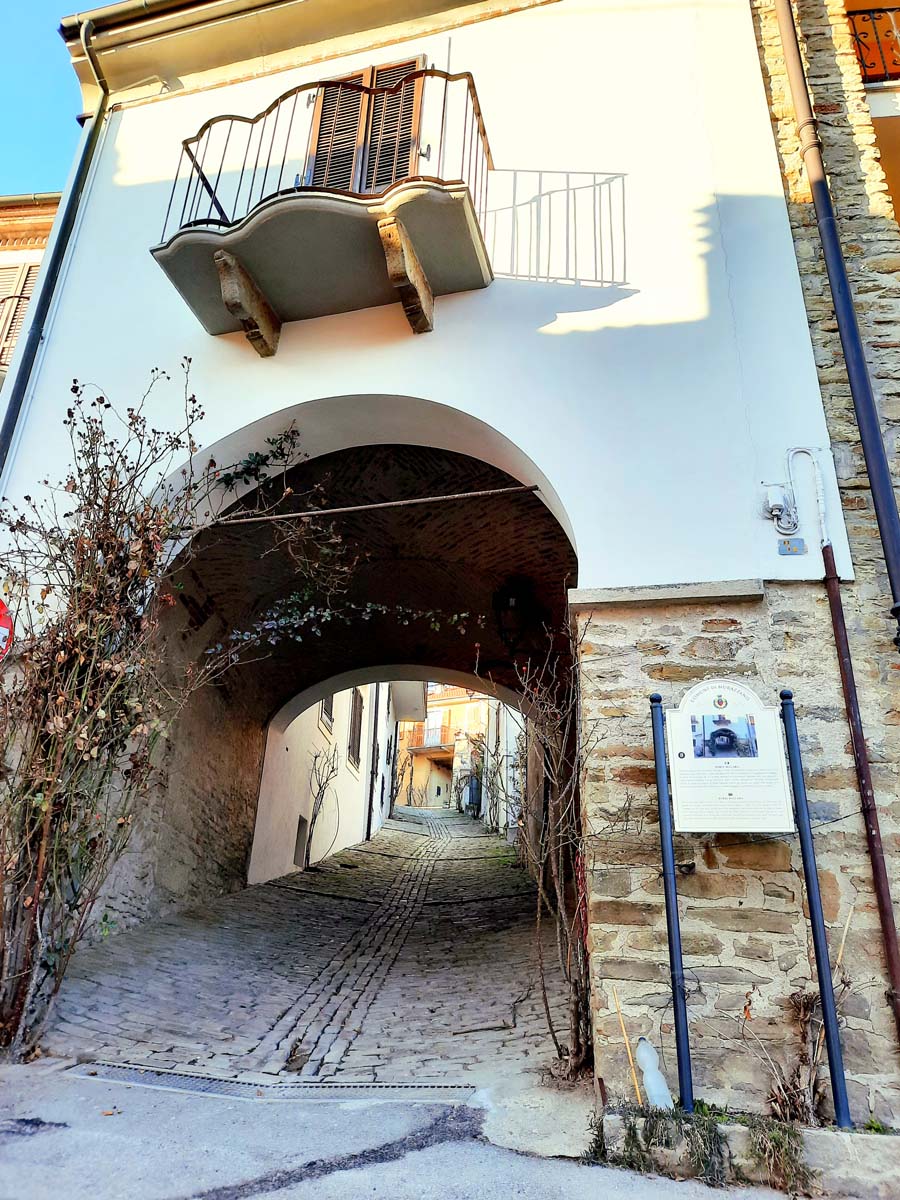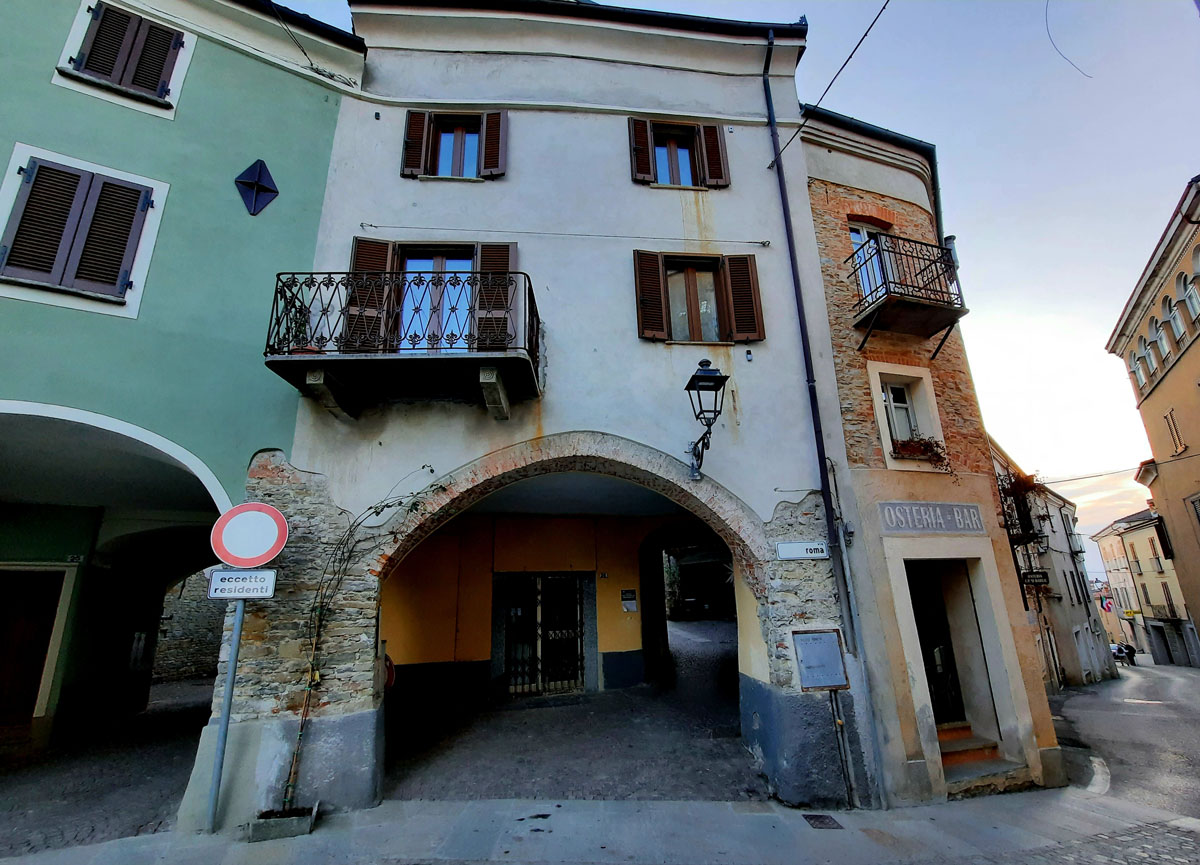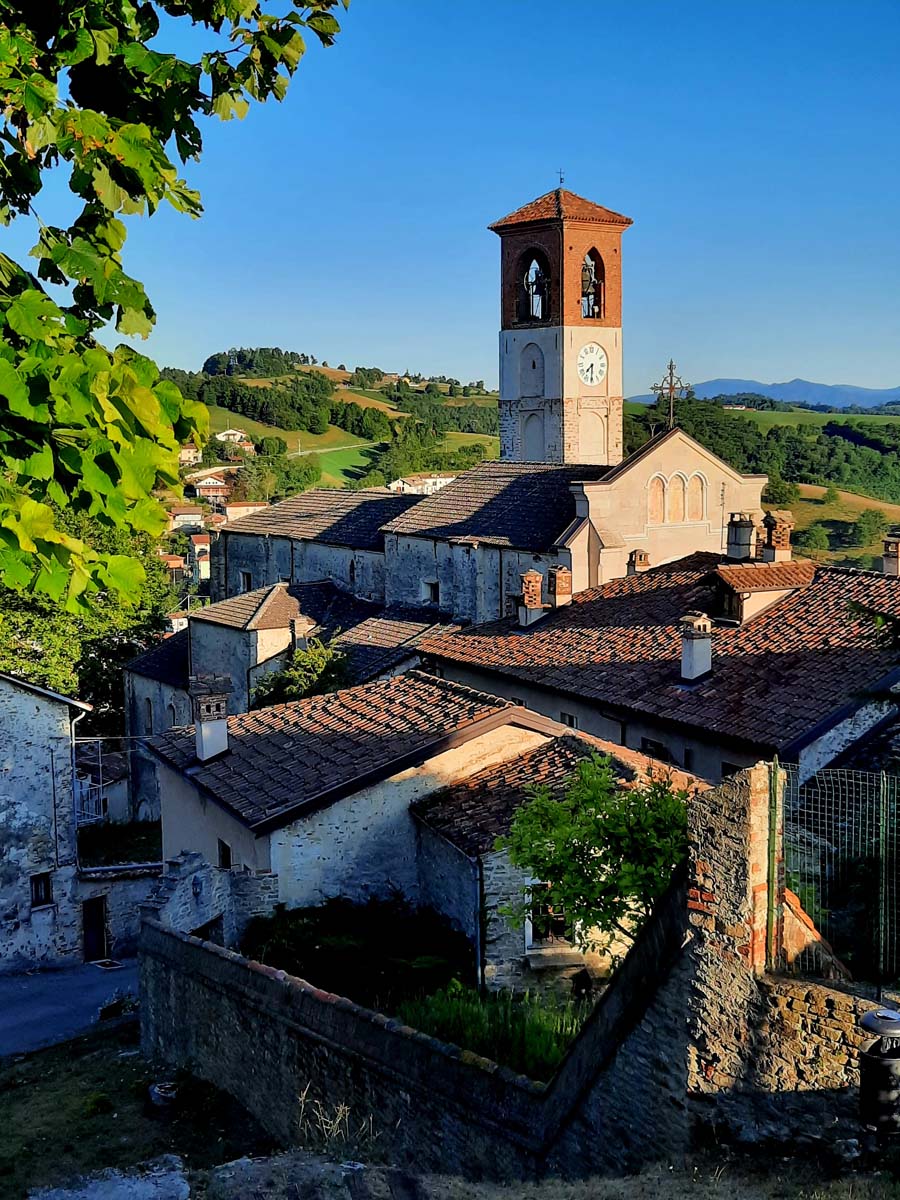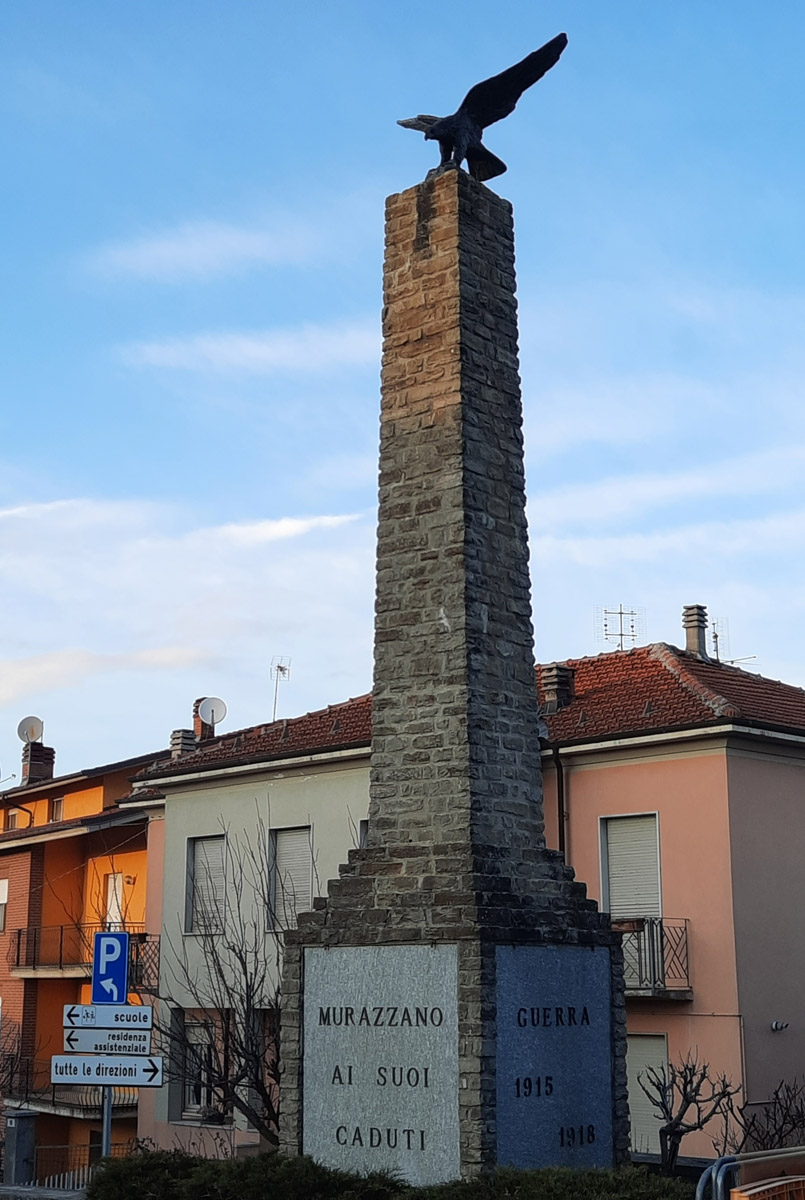Il patrimonio architettonico
Corteo di case e palazzi ricercati ed eleganti, Murazzano è definito “scudo e chiave del Piemonte” per la sua posizione strategica. La sua torre, alta 33 metri, perfettamente quadrata, costruita con muri imponenti di ottima pietra, è la meglio conservata fra le torri che, numerose, punteggiavano le colline dell’Alta Langa con funzione di avvistamento e segnalazione, in un’epoca di frequenti scorrerie saracene. D’interesse il Santuario della Madonna di Hal, con l’attigua Porta di Buzignano che delimitava l’antico abitato, e la Chiesa di San Lorenzo; bellissimo Palazzo Tovegni, in stile eclettico con due abbaini liberty, curioso il mulino a vento, originaria torre poi riconvertita per la macina delle granaglie.
Tradizioni di Langa
Il lavoro nei campi non conosce sosta, richiede impegno costante e ritmi che assecondino quelli delle stagioni. A scandire feste e riposi sono la religione, la messa domenicale, i matrimoni qui favoriti dalla figura tradizionale del bacialé, pellegrinaggi e feste patronali. Il gioco e la scommessa offrono invece occasioni di svago, dalle carte nelle osterie e sulle vie fino al balon (pallone elastico) in piazza. Uno sport, quest’ultimo, diventato parte integrante della cultura di Langhe e Roero, prima ancora di essere specchio fedele del carattere di un popolo: testardo, ma così dolce nel suo aggrapparsi alla tradizione.
Una passeggiata nei dintorni
Cliccate sui punti della mappa per scoprire quali sono i luoghi caratteristici della tappa e dove si trovano. Per conoscere la loro storia e magari visitarli date uno sguardo alla descrizione dell’itinerario. La lettera abbinata vi aiuterà a ricostruire la passeggiata.
Descrizione dell'itinerario
Informazioni utili
Contatti Comune
Telefono 0173 791201
www.comune.murazzano.cn.it
Piazzola di sosta non attrezzata
Presso il Parco della Torre
Sentieri tracciati
Indicati sul sito www.comune.murazzano.cn.it
Manifestazioni
Passeggiando con il Murazzano (info sul sito del Comune); Antica fiera dei trenta e mostra ovini della razza pecora delle Langhe (agosto)
Informazioni per raggiungere la tappa
Google Maps
Accessibilità
Il punto tappa di Murazzano è situato nel Parco della Torre, nel centro storico e punto più alto del paese. È raggiungibile a piedi partendo dal piazzale sottostante il Parco della Torre.
Stato attuale di accessibilità: complessivamente il punto-tappa non può essere considerato accessibile, poiché il percorso di arrivo dalla zona in cui si lascia l’auto al punto tappa panoramico non è percorribile da persona in carrozzina, neppure con aiuto, per la presenza di una gradinata da una parte e dall’altra del percorso in salita ripida, di larghezza contenuta e molto ridotta in alcuni tratti, con fondo irregolare, dissestato e instabile, privo di protezioni laterali verso valle, e comunque preceduto da quattro gradini. Non ci sono elementi che possano guidare in totale autonomia persone non vedenti. Con accompagnatore, il tragitto è ovviamente percorribile da non vedenti. Tuttavia occorre sottolineare che il punto tappa al Parco della Torre, sulla sommità collinare, ha caratteristiche di buona fruibilità, essendo quasi completamente pianeggiante, ben delimitato, con fondo in terra ed erba.
